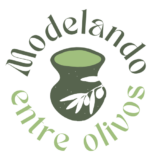where are we?
Our village, ARJONILLA
Arjonilla is a small, quiet town of less than 4000 inhabitants. Its main activity is agriculture (the cultivation of olive groves), although pottery is of great importance.
The town has a great pottery tradition, especially from the 1960s onwards. There are currently several companies dedicated to this activity, and thanks to its importance, the pottery of Arjonilla is protected as an Asset of Cultural Interest, as part of the pottery of the province of Jaén. Pottery was already being made in Arjonilla 4000 years ago! Recently, remains of bell-shaped vessels were found at an archaeological site in the town.
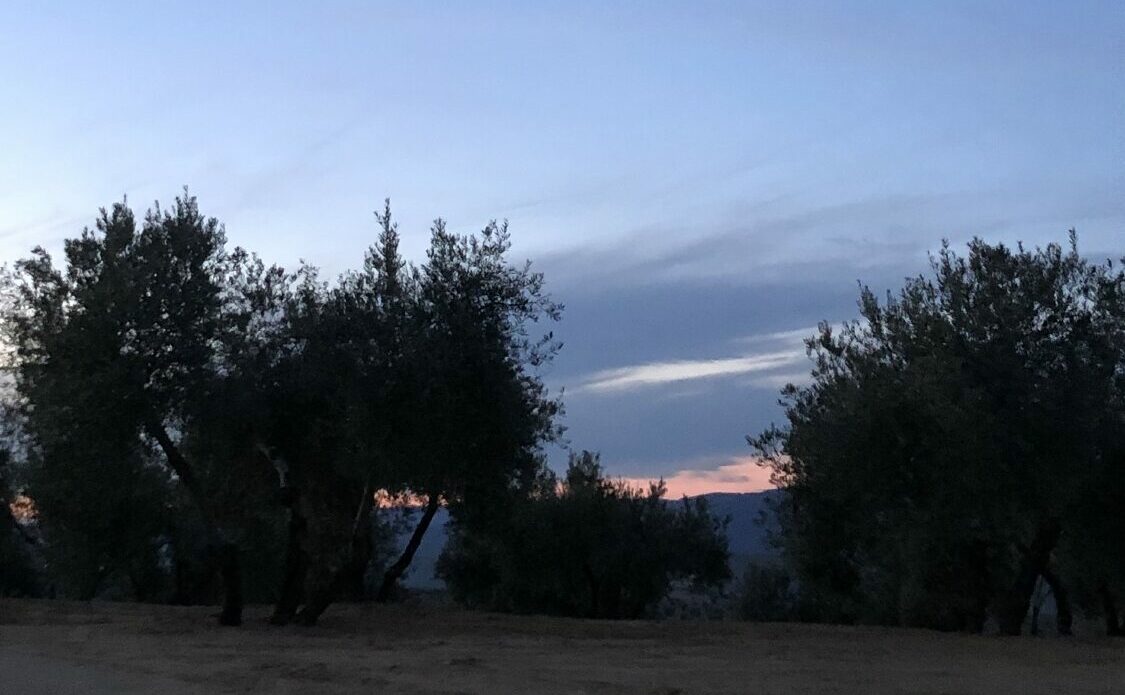
Arjonilla is also of great interest for tourists
Its most emblematic monuments include its castle of Arab origin, which is included in the Route of the Castles and Battles of Jaén; the imposing church of La Encarnación, a 16th-century temple with its great tower; the Palace of the Marqués de la Merced; and six air-raid shelters from the Spanish Civil War, two of which can be visited.
In Arjonilla there are many deep-rooted traditions, which can be discovered throughout the year through its fiestas.
The ones we like best are the Jornadas Medievales del Trovador Macías (the “Troubador Matías” is town’s best-known character), which are held every year around the castle on the last weekend in September.
The climate in our area is very sunny, with 300 days of sunshine a year, and quite mild in winter, with average temperatures of 13ºC during the day and rarely below 1 or 2ºC at night. The summer is dry and hot, with an average temperature of 30ºC, although it can exceed 40ºC. Thank goodness we have a swimming pool at home!
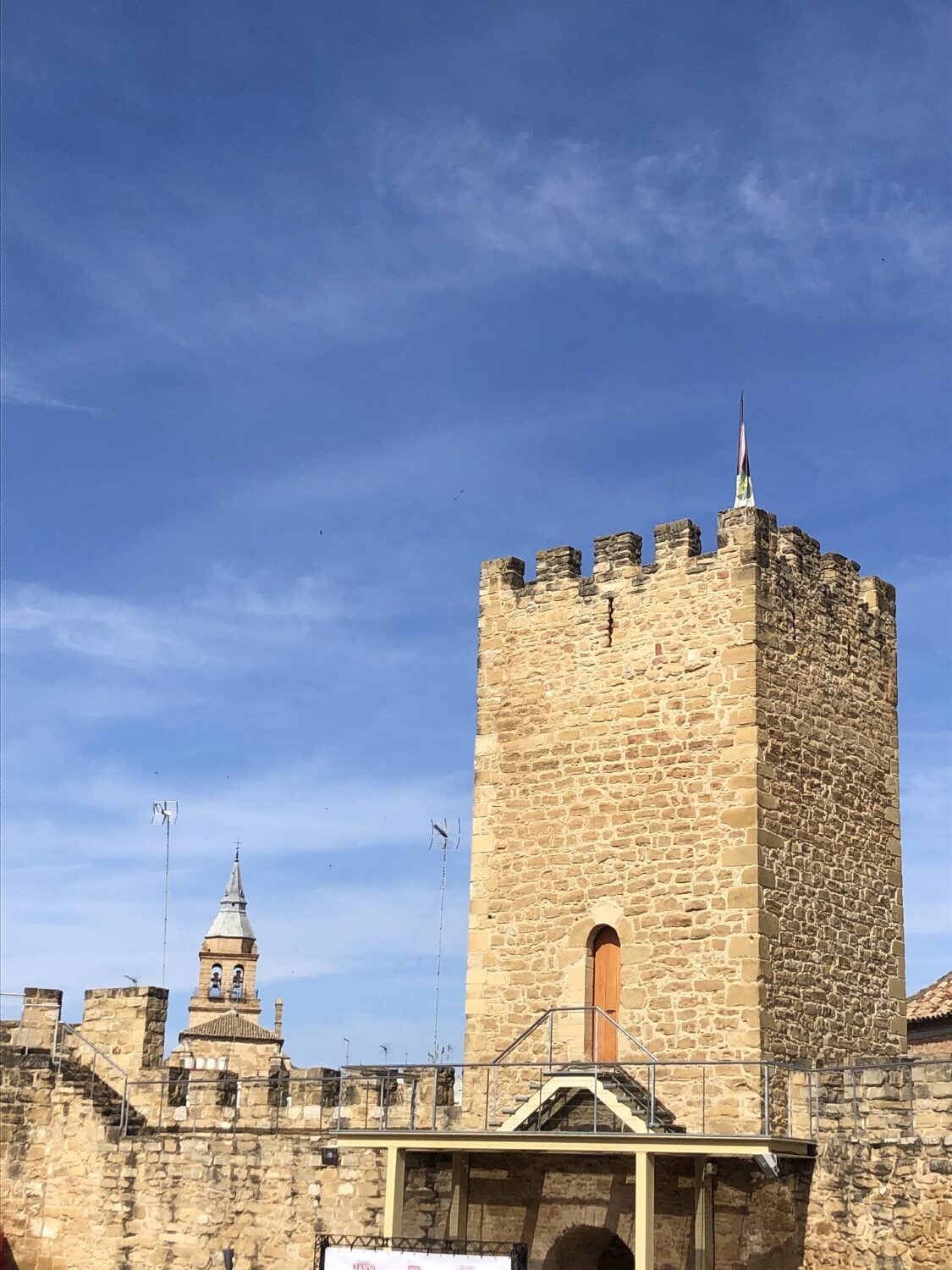
Arjonilla is also a perfect starting point to visit nearby towns such as Arjona, Marmolejo, Porcuna or Lopera (also included in the Route of the Castles and Battles), as well as the Sierra de Andújar, one of the four natural parks in the province of Jaén. In addition, the cities of Úbeda and Baeza, UNESCO World Heritage Sites, are about 50 minutes away by car.
jaén, our province
Jaén has the highest concentration of castles in Europe
With more than 60 million olive trees, Jaén is the largest producer of olive oil in the world. The olive grove landscape is a candidate for UNESCO World Heritage as a cultural landscape.
The province of Jaén has the largest protected natural area in Spain and the second largest in Europe, with the natural parks of Cazorla, Segura y Las Villas, Sierra Mágina, Despeñaperros and Sierra de Andújar, and is also the area with the highest concentration of castles and fortresses in Europe. A real jewel to be discovered!

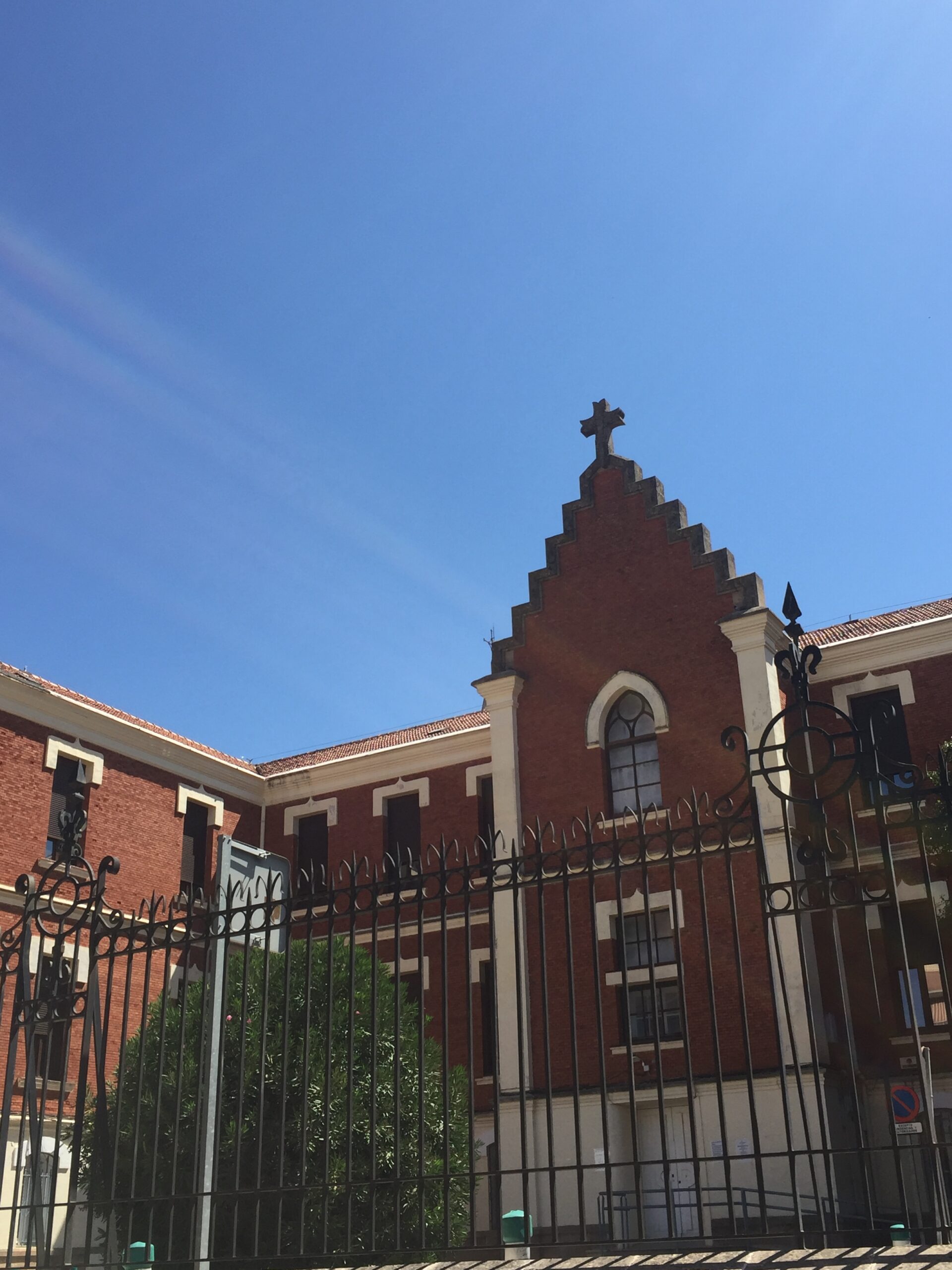

Furthermore, Arjonilla is only 50 minutes from Córdoba, a spectacular World Heritage city, and 90 minutes from Granada, where you can see the Alhambra, Spain's most visited monument.
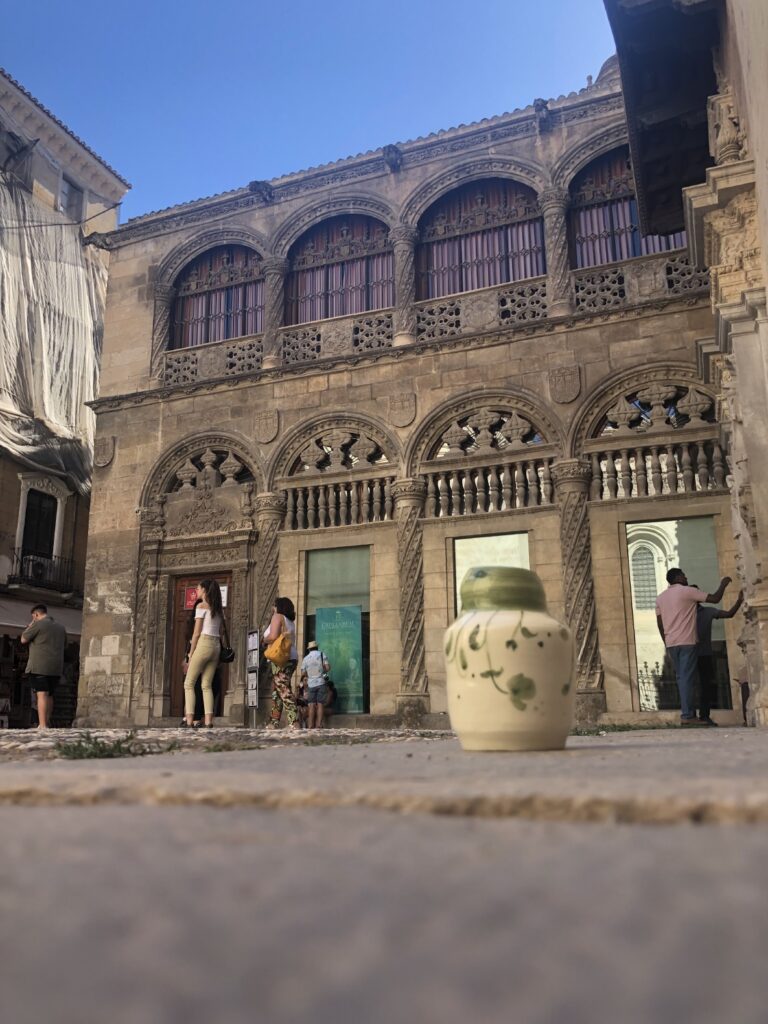
What else is there to do around here?
- Activities in the Sierra de Andújar, one of the four natural parks in the province of Jaén (about 40 minutes by car): stargazing (we are a starlight reserve), bird watching, Iberian lynx watching, deer rutting season (September), active/adventure tourism activities...
- Visit and try activities in the other three natural parks in the province: Segura, Cazorla y las Villas Natural Park (about 2 hours by car), Sierra Mágina Natural Park (about 1.5 hours) and Despeñaperros Natural Park (about 1.5 hours).
- Ski in the Sierra Nevada (Granada): we are about 2 hours away by car.
- Enjoy the beach for the rest of your holiday: we are just over 2 hours away from the beaches of Granada and about 2.5 hours’ drive from the coast of Malaga.
- Visit Malaga: it is about 2.5 hours away.
Gastronomy: what can you eat in Jaén?
In Jaén we eat many of the typical dishes of Spanish gastronomy, such as tortilla de patatas, paella, ensaladilla rusa or croquettes. As for the typical Spanish sweets, the ones we like the most are churros with chocolate.

Of course, typical specifically Andalusian dishes are also eaten here, such as gazpacho, salmorejo, flamenquines, pork with tomato sauce, or fried aubergines with honey.
And as for the typical dishes of Jaén, in winter the migas de pan (breadcrumbs… with a twist) are very typical, and in summer, pipirrana.
